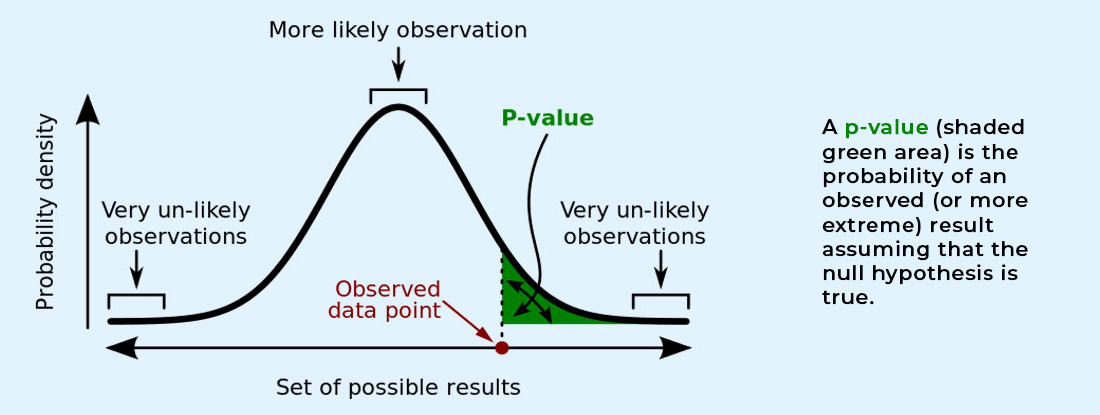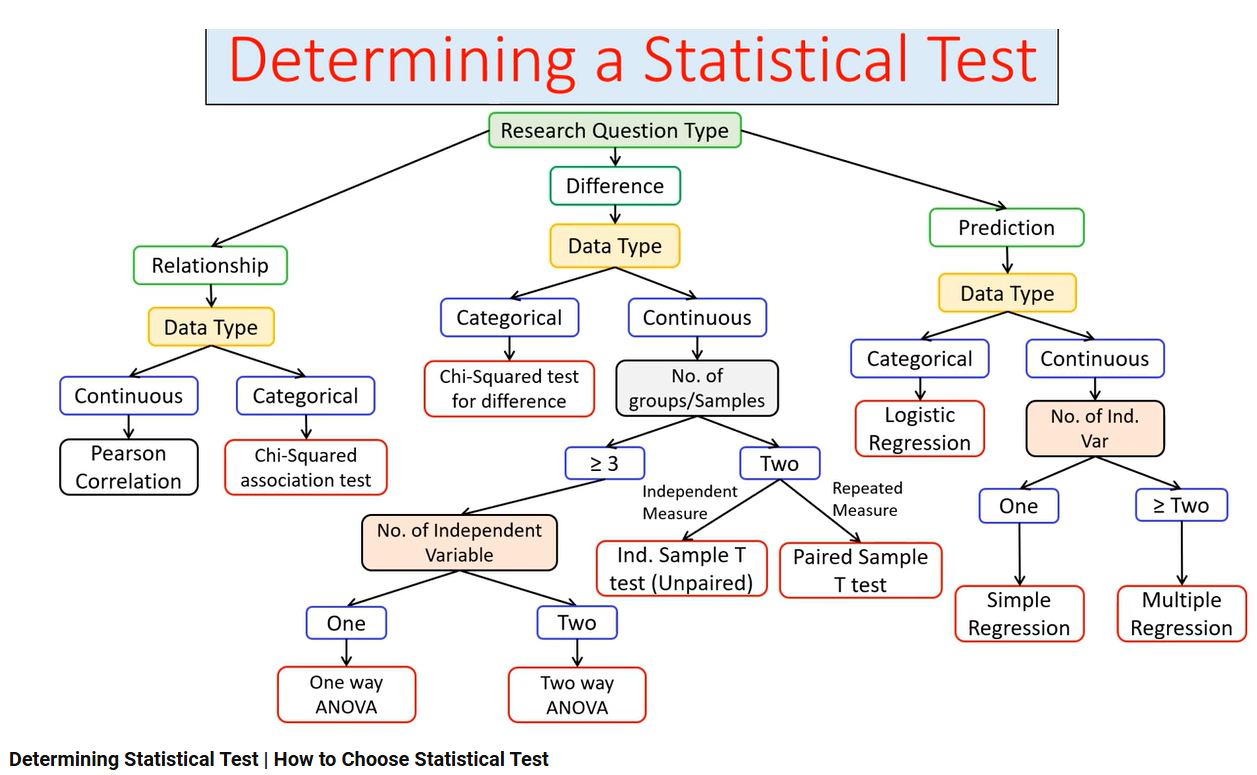Makindo Medical Notes"One small step for man, one large step for Makindo" |
|
|---|---|
| Download all this content in the Apps now Android App and Apple iPhone/Pad App | |
| MEDICAL DISCLAIMER: The contents are under continuing development and improvements and despite all efforts may contain errors of omission or fact. This is not to be used for the assessment, diagnosis, or management of patients. It should not be regarded as medical advice by healthcare workers or laypeople. It is for educational purposes only. Please adhere to your local protocols. Use the BNF for drug information. If you are unwell please seek urgent healthcare advice. If you do not accept this then please do not use the website. Makindo Ltd. |
Basic Statistics
-
| About | Anaesthetics and Critical Care | Anatomy | Biochemistry | Cardiology | Clinical Cases | CompSci | Crib | Dermatology | Differentials | Drugs | ENT | Electrocardiogram | Embryology | Emergency Medicine | Endocrinology | Ethics | Foundation Doctors | Gastroenterology | General Information | General Practice | Genetics | Geriatric Medicine | Guidelines | Haematology | Hepatology | Immunology | Infectious Diseases | Infographic | Investigations | Lists | Microbiology | Miscellaneous | Nephrology | Neuroanatomy | Neurology | Nutrition | OSCE | Obstetrics Gynaecology | Oncology | Ophthalmology | Oral Medicine and Dentistry | Paediatrics | Palliative | Pathology | Pharmacology | Physiology | Procedures | Psychiatry | Radiology | Respiratory | Resuscitation | Rheumatology | Statistics and Research | Stroke | Surgery | Toxicology | Trauma and Orthopaedics | Twitter | Urology
Related Subjects: |Basic Statistics
Statistics play a crucial role in medical research, allowing healthcare professionals to make evidence-based decisions. Understanding basic statistical concepts is essential for interpreting research findings, designing studies, and improving patient care.
Descriptive Statistics

- Measures of Central Tendency :
- Mean : The average of a set of values, calculated by summing the values and dividing by the number of values.
- Median : The middle value in a sorted list of numbers, dividing the data into two equal halves.
- Mode : The most frequently occurring value in a data set.
- Measures of Dispersion :
- Range : The difference between the highest and lowest values in a data set.
- Variance : The average of the squared differences from the mean, indicating how spread out the values are.
- Standard Deviation : The square root of the variance, representing the average distance of each value from the mean.
Inferential Statistics

- Involves making inferences about a population based on sample data.
- Null hypothesis (H0): Assumes no effect or difference.
- Alternative hypothesis (HA): Assumes an effect or difference exists.
- p-value: The probability of observing the data, or something more extreme, if the null hypothesis is true. A p-value less than 0.05 is typically considered statistically significant.
- A range of values, derived from the sample data, that is likely to contain the true population parameter.
- Usually expressed as a 95% confidence interval, indicating that there is a 95% chance the interval contains the true value.
- Type I Error (α) : Incorrectly rejecting the null hypothesis when it is true (false positive).
- Type II Error (β) : Failing to reject the null hypothesis when it is false (false negative).
Common Statistical Tests
- t-Test :
- Compares the means of two groups to determine if they are significantly different from each other.
- Independent t-test : Used for comparing means of two independent groups.
- Paired t-test : Used for comparing means of the same group at different times.
- Analysis of Variance (ANOVA) :
- Compares means across three or more groups to see if at least one group mean is different from the others.
- One-way ANOVA : Tests differences between groups based on one factor.
- Two-way ANOVA : Tests differences between groups based on two factors.
- Chi-Square Test :
- Tests the association between categorical variables.
- Determines if the observed frequencies differ significantly from expected frequencies.
- Correlation and Regression :
- Correlation : Measures the strength and direction of the relationship between two variables (e.g., Pearson correlation coefficient).
- Regression : Assesses the relationship between a dependent variable and one or more independent variables.
Study Design and Data Collection
- Types of Studies :
- Observational Studies :
- Cohort Studies : Follow a group of individuals over time to assess the association between exposures and outcomes.
- Case-Control Studies : Compare individuals with a specific condition (cases) to those without the condition (controls) to identify risk factors.
- Cross-Sectional Studies : Assess the prevalence of an outcome or exposure at a single point in time.
- Experimental Studies :
- Randomized Controlled Trials (RCTs) : Randomly assign participants to intervention or control groups to assess the effect of an intervention.
- Observational Studies :
- Data Collection Methods :
- Surveys and Questionnaires.
- Medical Records and Databases.
- Laboratory and Diagnostic Tests.
- Direct Observation.
Ethical Considerations in Medical Statistics
- Informed Consent :
- Participants should be fully informed about the study and voluntarily agree to participate.
- Confidentiality :
- Ensuring the privacy and confidentiality of participant data.
- Data Integrity :
- Ensuring accuracy and honesty in data collection, analysis, and reporting.
- Conflict of Interest :
- Disclosing and managing any potential conflicts of interest that may affect the study.
Summary
Basic statistics are fundamental for medical research and practice, enabling the analysis and interpretation of data to make informed clinical decisions. Key concepts include descriptive statistics, inferential statistics, common statistical tests, study design, data collection, and ethical considerations. A solid understanding of these principles is essential for conducting robust research and improving patient care.